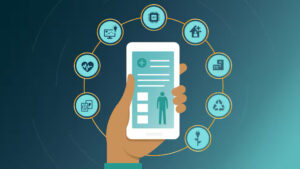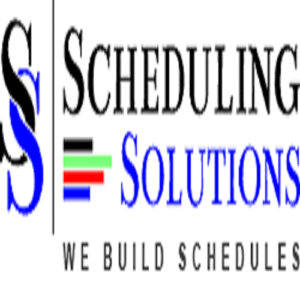Every college and university depends on digital systems to streamline student services and operations. As enrollment grows and data becomes more complex, outdated software can silently hinder performance.
Institutions often don’t realize their system is part of the problem—until issues start piling up.
In fact, many schools continue using legacy platforms simply because they haven’t identified key failure points. One of the first steps toward improvement is recognizing when your current campus management system software is no longer keeping pace.
1. Enrollment Errors Keep Repeating
You start noticing students registered for the wrong courses. Or worse, courses disappear after being confirmed. These issues aren’t just frustrating—they’re red flags. A modern system should sync enrollment data in real-time and prevent such recurring mistakes. If your team spends more time fixing course lists than advising students, your platform isn’t doing its job.
2. Advisors Waste Hours Chasing Records
Academic advisors often need access to transcripts, attendance, performance trends, and financial data. If they’re toggling between modules or filing IT tickets to retrieve basic information, your system lacks unified access. An effective platform allows authorized staff to view and act on student data from a single dashboard.
3. Manual Fee Reconciliation Is Still a Thing
When staff still rely on spreadsheets or physical records to balance tuition, late fees, or scholarships, it’s a sign of inefficiency. A capable system automates calculations, fee structures, and reminders—reducing billing errors and improving collections. You shouldn’t need a separate finance department just to explain what went wrong each semester.
4. Timetabling Takes Weeks, Not Hours
Scheduling conflicts are a common complaint in academic institutions. But if your system requires days or even weeks to finalize semester timetables, it’s outdated. Today’s tools use rule-based engines that instantly flag faculty clashes, room overbookings, and student overloads—cutting planning time by over 70%.
5. Student Self-Service Is Basically Nonexistent
Modern students expect intuitive, self-serve portals. If your platform doesn’t offer easy access to grades, applications, payments, and feedback forms, students will notice. Poor self-service options result in increased support requests and lower student satisfaction scores. Your software should reduce help desk burden, not increase it.
6. You’re Paying for Third-Party Integrations That Should Be Built-In
If your team needs to plug in external apps for document sharing, attendance, LMS, or analytics—your current system may not be scalable. Good software consolidates all key functions under one interface. The more external tools you need, the less efficient your operations become.
7. Compliance Reporting Is a Monthly Crisis
When compliance deadlines roll around, does your team panic to gather records, attendance logs, and grading audits? A modern campus platform comes with pre-built compliance templates and automatic report generation. If regulatory paperwork feels like a fire drill every time, it’s time for a software upgrade.
Key Features to Expect in Modern Campus Management Systems
If you’re considering a switch, look for platforms that offer:
- Real-time data synchronization: All departments see the same updates instantly.
- Cloud-based access: Enables staff and students to log in securely from anywhere.
- Custom role permissions: Control who can view or edit specific data.
- Mobile compatibility: Today’s students operate on phones first.
- Built-in communication tools: For SMS, email, and notifications without external apps.
- Analytics dashboards: For quick decisions backed by data.
Each of these features reduces bottlenecks and enhances transparency across departments.
When to Plan a System Migration
While upgrading sounds daunting, the cost of delay is often higher. The best time to migrate is during semester transitions or academic breaks, when data and access loads are lower. Choose a vendor that offers onboarding support, data migration services, and staff training.
Once implemented, a new system often pays for itself in saved hours, reduced errors, and improved satisfaction.
Conclusion
Failing to act on software limitations can slow your institution’s progress and frustrate both staff and students. Take time to evaluate if your current campus management system software still meets the needs of a growing, tech-savvy academic environment. Replacing it isn’t just a tech decision—it’s a strategic one.





